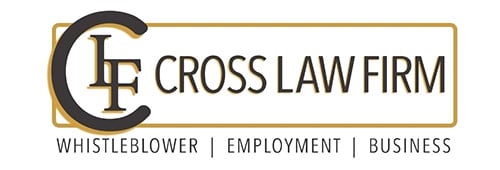Employees deserve to feel safe and respected in their workplace. However, every day at work can become a struggle when their employer or coworkers do not treat a worker with respect because of their race. What should employees know about racially hostile work environments?
What is a racially hostile work environment?
Employees may experience a hostile work environment when the conduct of those they interact with is severe or extensive enough to create an intimidating, hostile or offensive atmosphere. The law does not prohibit hostile working environments as such, but only when they are motivated by discrimination against employees because of their protected class. Some examples of actions that could contribute to a racially hostile work environment include:
- Telling racist jokes
- Mocking or joking about a person’s hair, accent, skin tone or other protected characteristics
- Displaying inappropriate images like racial caricatures
- Leering at people from a specific racial group
- Threatening or intimidating behavior
- Physical assaults
How often does an issue have to occur to create a hostile work environment?
To qualify as a hostile work environment, a behavior must be severe or pervasive enough to negatively impact employees. Often, this means that harassing conduct must be repeated or frequent within the workplace.
However, a 2022 ruling by the 5th U.S. Circuit Court of Appeals determined that a single use of a racial epithet could be enough to justify a claim of a hostile work environment. In this case, a supervisor directly called an employee a slur in the presence of others. Under these specific circumstances, the appellate court determined that even a single utterance of a racial slur could lead to a hostile work environment.
Similarly, a 2022 ruling the 7th Circuit Court of appeals allowed a Wisconsin-based independent contractor to pursue a racially hostile work environment claim under Section 1981 of the Civil Rights Act based on a single incident involving the use of the N-word, where the harasser was not even employed by the same company as the defendant. In that case in which Cross Law Firm was co-counsel, Phillips v. Mega Concrete Constr., LLC the judge reasoned that “the n word is not just a slur” and is “unique in American English in its ability to offend, provoke, and injure…” No. 20-cv-658-jdp, 2022 U.S. Dist. LEXIS 14808, at *13 (W.D. Wis. Jan. 27, 2022). The court also examined the “threatening and humiliating context” in which the word was used, i.e. during a heated altercation in front of multiple coworkers in which the plaintiff felt physically threatened.
Have you experienced a racially hostile work environment?
Every situation is different, and determining whether your experience qualifies as a hostile work environment often requires a nuanced understanding of the law. As a result, you may want to seek legal guidance as you explore your options. Advice rooted in a sound understanding of employment law can help you identify the impact of your work environment and make informed decisions that protect your rights and your career.
